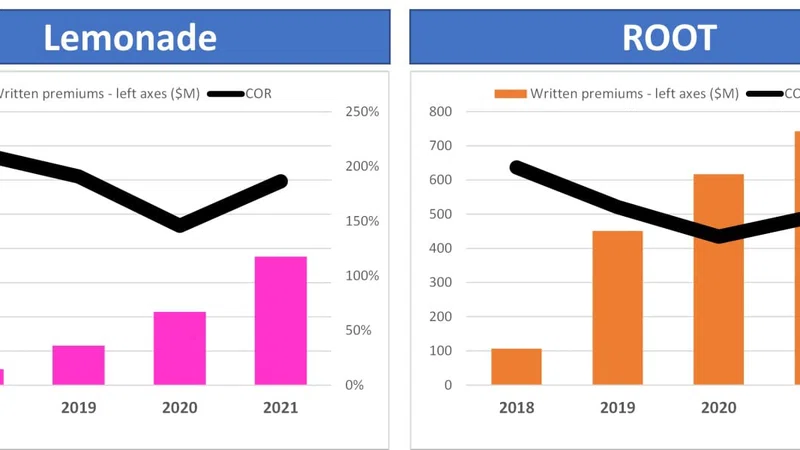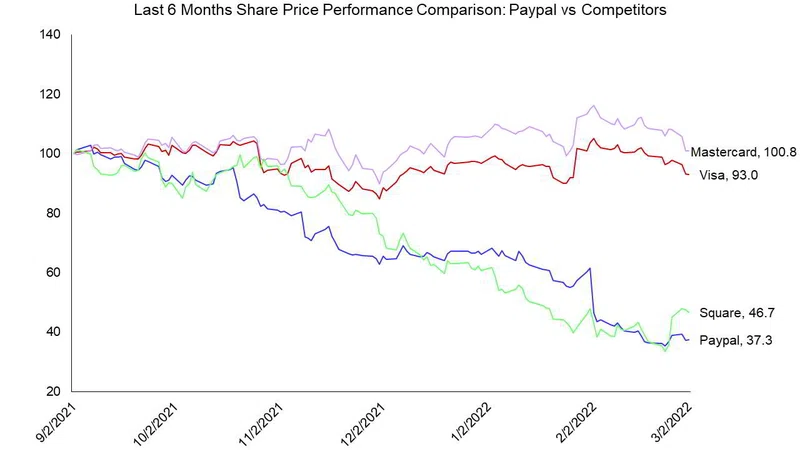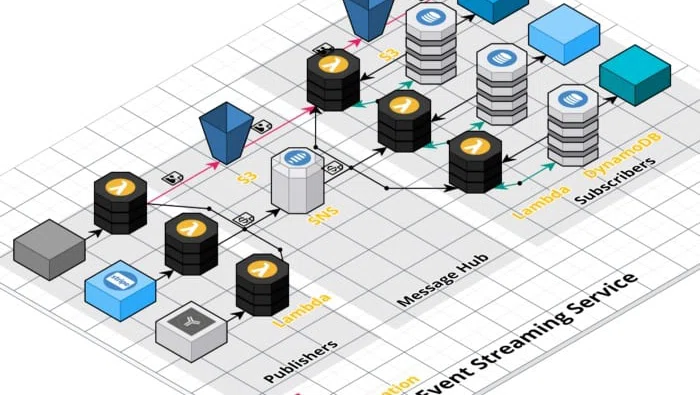COVID-19 has wreaked havoc on global stock markets, causing significant instability and excessive volatility. While the actual impact has yet to be assessed, the virus' knock-on effects are predicted to continue to influence the banking industry negatively.
In order to overcome COVID-related revenue deficits and a low-interest rate market, financial institutions are looking for cost reduction strategies. According to Kearney, 80% of the banks plan to implement cost-reduction plans to control their expenditures in the next two years.
With costs rising at a rate of 7% per year, third-party expenditure generally contributes 35% to 40% of a bank's entire cost structure. Therefore, in order to cut down costs, regulating banks' third-party expenditures such as procurement would be a great place to start.
Top 5 Cost Reduction Strategies
Let's discuss how a streamlined banking procurement process can help banks implement cost reduction strategies.
1) Centralization
Without adequate supervision and training, teams purchase unauthorized products and services, having a devastating impact on budgets and net operating income. In addition, employees who buy products outside of the company's purchasing boundaries cause spending to spiral out of control, making it difficult to get back on track.
Having a single pane of glass to all procurement functions through centralization can provide banks more visibility into their spending patterns. Even if the bank branches are spread out in multiple locations, they can determine who is doing what, when, and where. This highlights any maverick spending, duplicate payments, or even fraud.
Moreover, suppliers will prefer working with clients that provide them with significant bulk orders instead of clients with low numbers of orders. If banks do not streamline their procurement system with the help of centralization, this can lead to uncoordinated purchases from multiple branches. So, if banks procure items through a centralized system in bulk from some major suppliers, it can result in lowered prices and a long relationship with suppliers.
The centralization of expenditure data also gives visibility into accounts payable and inventory processes. This information allows banks to make well-informed judgments on supplier consolidation and inventory management deployment.
2) Effective Contract Management
There are hundreds of contracts that an organization signs every year. While the transactions keep taking place, these contracts are usually long forgotten. Reviewing previously drawn contracts can assist banks and helps in keeping up with current industrial rules and regulations. For example, economic policies or interest rates have been different from today's scenario years back.
Similarly, contracts drawn before the pandemic did not include such foreseen events that shook every industry globally. Revisiting existing contracts and analyzing them with the current perspective can help banks identify if these contracts are proving to be worthy or sappy expenditures.
3) Eradication of Incompetent Suppliers
Suppliers play a crucial part in the smooth delivery of products and maintaining a healthy supply chain. If supplier relationships are damaged, both parties risk losing substantial time and money. Consequently, cultivating and nurturing excellent supplier relationships is exceptionally beneficial to the banks.
With Supplier management software each and every supplier turn into a cumbersome process, and regulating their performance becomes even more difficult. Imagine analyzing and measuring the performance of enormous supply chains and dealing with them manually. It is near to impossible.
With an automated benchmarking procedure, banks can measure the performance of the suppliers on different vital metrics such as compliance rate, delivery delays, quality rate, etc. Poor-performing suppliers can then be eliminated, and banks can seek out other cost-effective vendors to meet their requirements.
4) Supplier Consolidation
Multiple suppliers require extra time to be managed and lead to increased costs and efforts. Consolidating suppliers to satisfy organizational demands can help banks receive better terms and spend less time negotiating and renewing many contracts.
A supply base will naturally increase over time, so actions like setting a quality-and-delivery threshold and purging dormant or inactive providers will ensure a highly competent supplier base that is manageable.
In each expenditure area, a local supplier base can improve organizational efficiency. Fewer suppliers assist in reducing expenses, creating leverage, and reducing the number of suppliers retained in the accounts payable system.
Lower supply and service costs will increase profitability at the bottom line. In addition, negotiated cost savings can be measured, predicted, reported, and audited so that senior management remains fully aware of the purchasing function's contribution.
5) Better Use of Talent
The banking sector involves interacting with customers and developing long-term transactional relationships. This means that individuals must face the customers and utilize their soft skills to serve them. But if they are primarily engaged in repetitive and manual tasks such as data entries and filling out forms, banks might have to hire more employees to cover the front.
By eliminating manual procedures, workflow redundancies, and the necessity for most or all human participation, procurement automation can help banks save money and lower costly human-prone mistakes caused by juggling too many balls with a single hand.
Banks could also benefit from optimizing call center operations through automated workforce scheduling, improved first-call resolution procedures, workstation sharing, and more which can help save opportunity costs and other costs.
Conclusion
As banks face pressure on their revenue statements' top and bottom lines, reducing procurement spend is critical. Now is the moment to overhaul procurement for a new era by leveraging digital resources and strategic insights. Banks that successfully manage their procurement processes will emerge more robust and better equipped for the future.













